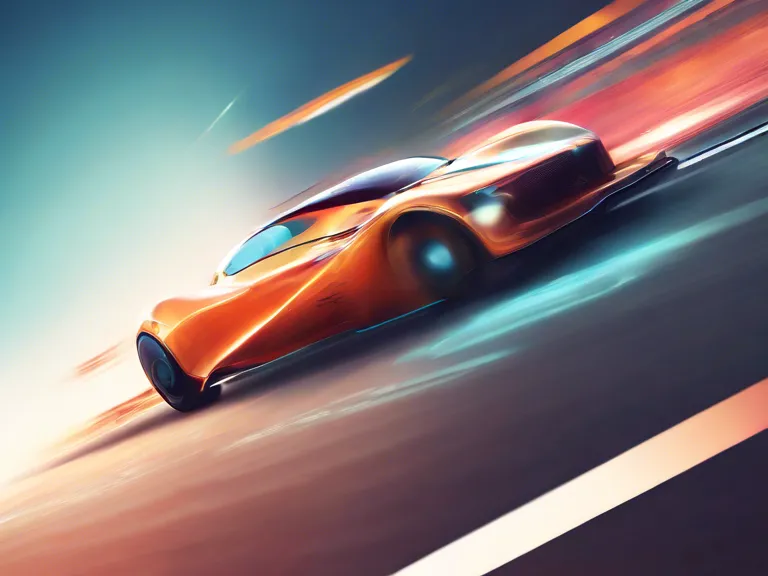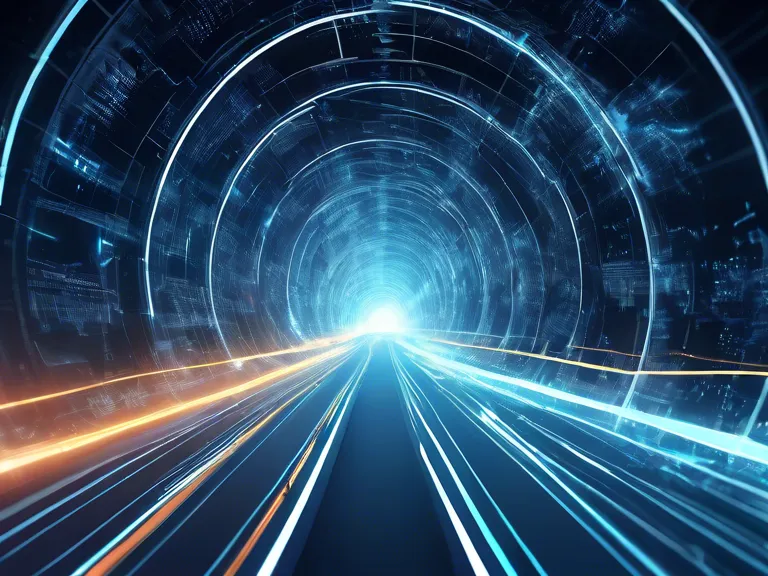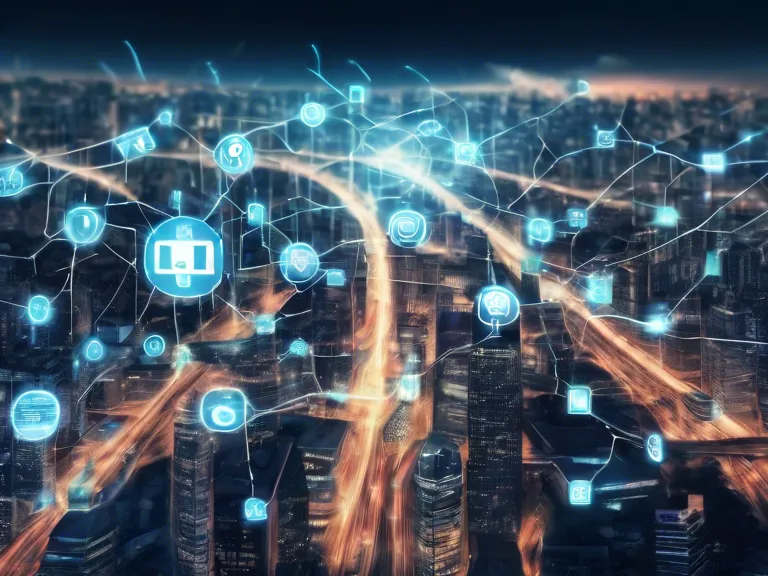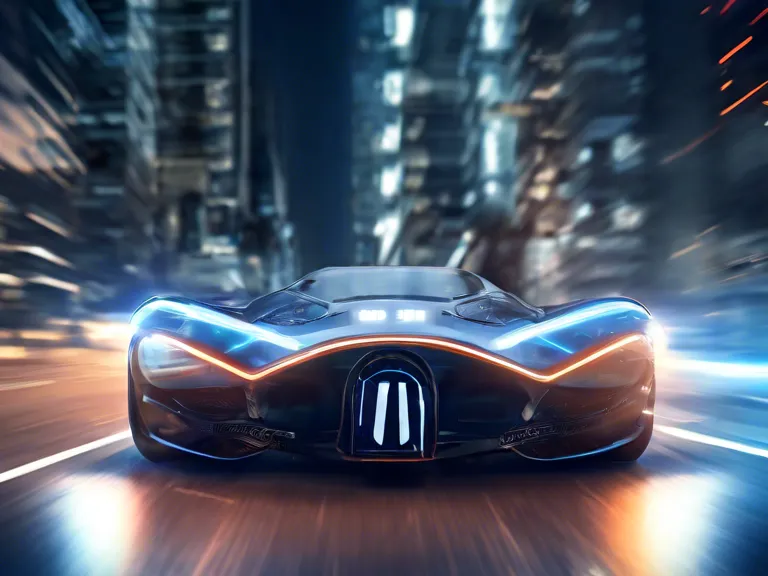
In today's fast-paced digital world, the demand for instant gratification is ever-growing. People want everything at their fingertips, right here, right now. This has led to a major shift in the way we access information, communicate with others, and consume content. The race for speed is on, and future trends are focusing on real-time everything to meet this demand.
One of the key drivers of instant access is the rise of 5G technology. With its lightning-fast speeds and low latency, 5G is revolutionizing the way we connect to the internet. This means we can now download large files, stream high-definition videos, and play online games without any lag. Real-time communication is also made possible with 5G, allowing for seamless video calls and instant messaging.
Another trend driving instant access is the Internet of Things (IoT). With IoT devices connected to the internet, we can now monitor and control our homes, cars, and even our health in real-time. From smart thermostats that adjust the temperature automatically to wearable fitness trackers that provide instant feedback on our workouts, IoT is changing the way we interact with the world around us.
Artificial intelligence (AI) is also playing a major role in the race for speed. AI-powered algorithms can analyze vast amounts of data in real-time to provide personalized recommendations, anticipate our needs, and automate routine tasks. This level of automation and personalization is enabling businesses to deliver services faster and more efficiently than ever before.
As we continue to push the boundaries of technology, the demand for instant gratification will only grow stronger. The future trends of real-time everything are driven by our need for speed, convenience, and efficiency. Whether it's through 5G, IoT, AI, or other emerging technologies, the race for speed is shaping the way we live, work, and play in the digital age.


